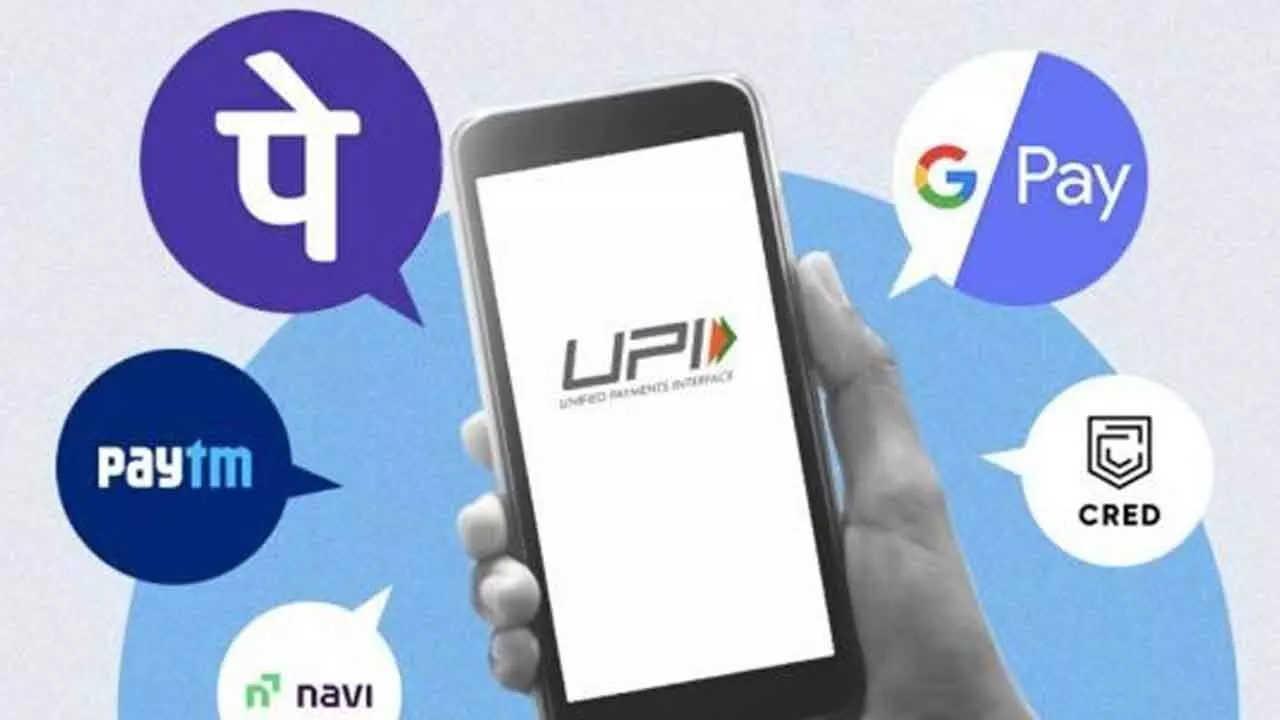UPI Alert: Big Rule Changes for PhonePe, GPay, Paytm Users
From August 1, NPCI limits UPI balance checks to 50 per day, restricts autopay timings, and adds real-time transaction updates for smoother payments.
image for illustrative purpose

The National Payments Corporation of India (NPCI) has announced a new set of operational guidelines for Unified Payments Interface (UPI) apps such as PhonePe, Google Pay, and Paytm, effective August 1. These changes are aimed at easing system load and improving transaction stability during high-traffic periods.
Under the revised framework, users and banks will experience new limitations on daily operations like balance checks, account verifications, and autopay transactions.
Starting Thursday, users will be allowed to check their account balance through a specific UPI app only up to 50 times daily. This limit has been introduced to minimize network congestion during peak hours, which has been a common source of delays and transaction failures.
Additionally, financial institutions will now be required to display account balances post every transaction, a move expected to reduce separate balance inquiries.
Recurring payments—including EMIs, SIPs, and subscriptions—will now be processed within specified time slots: before 10:00 a.m., between 1:00 p.m. and 5:00 p.m., or after 9:30 p.m. Payments falling between 10:00 a.m. and 3:00 p.m. or 5:00 p.m. to 9:30 p.m. may be deferred to avoid system overload.
UPI apps will attempt retries for unsuccessful autopay requests, but transactions may fail after multiple attempts within non-designated hours.
Users trying to view accounts linked to their mobile numbers via UPI apps will now face a daily cap of 25 requests. This functionality allows users to retrieve linked bank account details after selecting the issuer bank, but will now be controlled to preserve server capacity.
To address delays in transaction updates, NPCI has mandated UPI platforms to display the final status of a payment almost instantly, rather than indicating “processing” or “pending.” Users will be given three opportunities to recheck the payment status, with each attempt spaced 90 seconds apart.
Every UPI payment initiated by a user must now include the receiver’s official name, as registered with the bank. This step is designed to enhance transaction transparency and reduce transfer errors.
These protocols aim to streamline the performance of digital payment systems during peak usage hours. While the updates do not introduce structural changes to the UPI framework, they are expected to optimize system response times and improve user trust in digital transactions.
NPCI's rule changes are part of a broader push to encourage seamless digital adoption across India’s payment ecosystem by maintaining uptime and reducing transaction friction.

